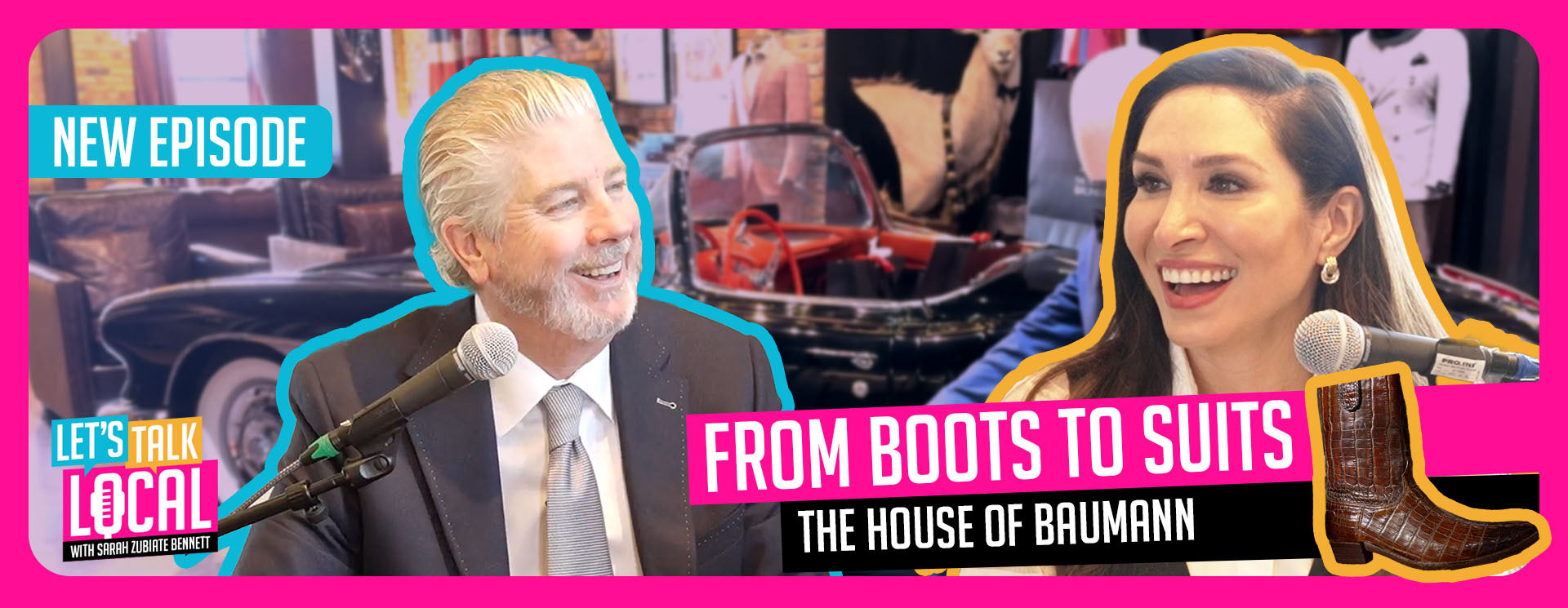President Donald Trump, on a recent Air Force 1 flight, described the 22nd Amendment’s two-term limit as “pretty clear,” his closest acknowledgment yet that he cannot seek another term after his current one expires in January 2029.
The comments came one day after House Speaker Mike Johnson told the media there was “no path” to a third Trump presidency, and that the two men had discussed the topic behind closed doors.
Speaking to reporters en route to South Korea for the Asia-Pacific Economic Cooperation summit, Trump said, “Based on what I read, I guess, I’m not allowed to run. So we’ll see what happens,” per Politico.
The President, who has spent months vaguely floating the possibility of extending his tenure, also did not outright rule out future political plans.
“It’s a very interesting thing. I have the best numbers of any President in many, many years — any President. And I would say that if you read it, it’s pretty clear I’m not allowed to run. It’s too bad. But we have a lot of great people,” Trump added, via USA Today.
The exchange with Trump and the media followed Johnson’s Tuesday press conference, where the speaker said he and Trump had specifically discussed the boundaries of the Constitution. “It’s been a great run, but I think the President knows — and he and I’ve talked about — the constrictions of the Constitution… He knows he can’t run again,” Johnson said.
Trump declined to confirm any private conversation with Johnson but has previously displayed Trump 2028 baseball caps on his White House desk and told reporters during a past stop in Malaysia that he would “love” to run for a third term.
On Monday, Trump dismissed speculation that he could run for Vice President and later ascend back again to the presidency, calling the idea “too cute” and saying “it wouldn’t be right,” per Reuters. He stopped short, however, of a blanket rejection of more political work in the future, saying, “I haven’t really thought about it.”
The 22nd Amendment, passed in 1951, clearly limits any President to being elected only twice. The only exception is for someone who became President mid-term — if they served more than two years of another President’s term, they can be elected just once more.
No U.S. President has served three full terms.
Franklin D. Roosevelt was elected to four terms (1932, 1936, 1940, 1944) before dying early in his third term, prompting the 22nd Amendment. Ulysses S. Grant sought a non-consecutive third term in 1880 but lost the Republican nomination. Theodore Roosevelt ran unsuccessfully as a third-party candidate in 1912, having served nearly two terms.


